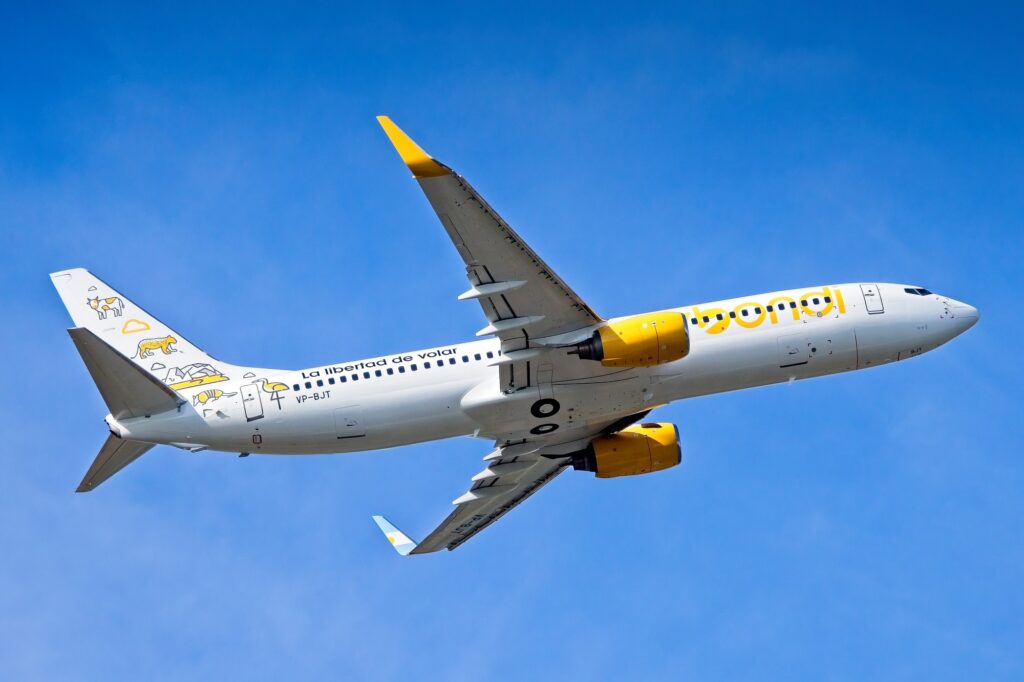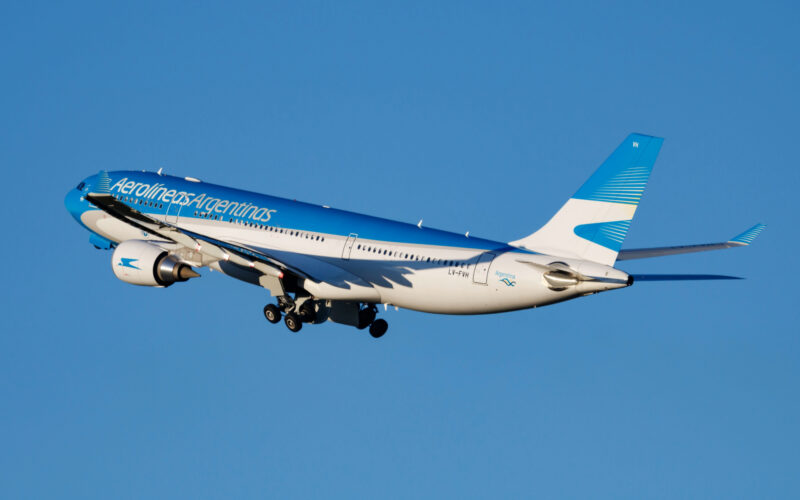On November 19, 2023, Javier Milei’s victory in the Argentinian presidential election sent shockwaves through Latin America, and indeed the rest of the world.
The self-proclaimed libertarian candidate ran on a platform that promised to conduct an entire shake-up of Argentina’s economic and institutional system, including some controversial proposals such as the closure of the country’s central bank.

Whether the incoming president is able to deliver on his program or not, commercial aviation is likely to play a prominent role in the upcoming rounds of economic and financial reforms.
Given its iconic status and chronic financial underperformance, the country’s flag carrier, Aerolíneas Argentinas, has been singled out as one of the first state corporations due for restructuring.
However, the status of one of the continent’s largest and best-known airlines may be an indicator of the overall health of the Argentinian airline industry, which, in the past few years, has seen its fortunes tied to the political cycle.
In the development of a local air travel industry, Argentina has lagged behind other countries in the region such as Brazil, Chile and Colombia. Relative to the size of the country and its income level, Argentinians travel less by air than their neighbors. This has been attributed to a rigid policy and regulatory framework that has traditionally hampered the emergence of a local low-cost airline industry.
Under President Mauricio Macri, who was in office from 2015 to 2019, Argentina toyed with the liberalization of its air travel sector. A key measure was the elimination of price controls, which prevented airlines from implementing the revenue management techniques that enable them to best match pricing and demand.
After these liberalizing measures were implemented in 2016, Argentina’s airline industry saw a sudden influx of investment.
Local budget carrier Flybondi was launched by Swiss entrepreneurs following the classical low-cost airline formula. Moreover, regional players Avianca and JetSmart (backed by Indigo Partners, the same group that is an investor in Wizz Air, Volaris and Frontier Airlines), set up their own Argentinian subsidiaries.

At the time, the appeal of the Argentinian market was such that it attracted investors from as far afield as Norway, with Norwegian Air Shuttle making a bold move from across the Atlantic by setting up Norwegian Argentina.
This enthusiasm proved to be short-lived, though. Both Avianca and Norwegian, facing difficulties in their home markets, were quick to close their Argentinian branches, the latter selling its business to JetSmart.
The theoretical potential of Argentina as an air travel market is still some distance away from being fully realized by the country’s remaining airlines.
Flybondi has managed to consolidate its position as the country’s second largest carrier, although its development has been far from explosive. Its launch in 2017 was followed by a period of relatively slow growth. It began adding to its fleet again in the wake of the pandemic, reaching a total of 15 Boeing 737-800s by the end of 2023.
JetSmart Argentina, even after its acquisition of Norwegian Argentina, still has a relatively small fleet of nine Airbus A320 aircraft. That makes for a striking comparison with the 13 aircraft operated by its Chilean parent, which serves a country with less than half the population of Argentina.
Meanwhile, Aerolíneas Argentinas continued posting financial losses and swallowing government funds.
On the political front, the ousting of the Macri government in the 2019 election did not bring an immediate reversal of its aviation policies. However, in December 2021 the new government of President Alberto Fernández attempted to reinstate price controls on domestic flights via decree. This move was litigated by airlines such as Flybondi, which managed to gain a court order stopping the measure.
This temporarily prevented the reversal of the previous liberalization, but it also left the industry at an impasse.
The arrival of the latest administration, which assumed office in December 2023, could bring about more sweeping changes to the Argentinian air travel industry.
President Milei has made the privatization of Aerolíneas Argentinas one of his flagship measures. The plans that have been made public so far would involve handing over ownership of the airline to its workforce and stopping the flow of public funds, all coupled with the implementation of an open skies policy in Argentina. These plans have been contested by the country’s trade unions, warning that the airline could be forced to close down if they are implemented.
To begin with, the new administration has announced a reduction of 43% in the number of managerial positions at the airline.
For the last three decades, Aerolíneas Argentinas has been bouncing between public and private ownership.
Two Spanish operators, Iberia (now part of International Airlines Group) and Grupo Marsans (a now defunct tour operator that owned charter airline Air Comet) held controlling stakes in Aerolíneas Argentinas in succession (between 1990-2001 and 2001-2008, respectively). However, both exited the venture with little to show it for in terms of financial returns.
As of January 2024, the Argentinian state now controls 99.99% of Aerolíneas Argentinas, with a small number of shares remaining in the hands of airline staff.
Ironically, the move to privatize Aerolíneas Argentinas took place right after the airline posted its first profit in the last 15 years and it prepares to resume growth.
During 2023, Aerolíneas Argentinas carried 14 million passengers and posted a profit of US$32 million, but nevertheless, that sum pales in comparison to those injected by the state in previous years. In 2022, for example, Aerolíneas Argentinas received close to US$330 million in state support.

